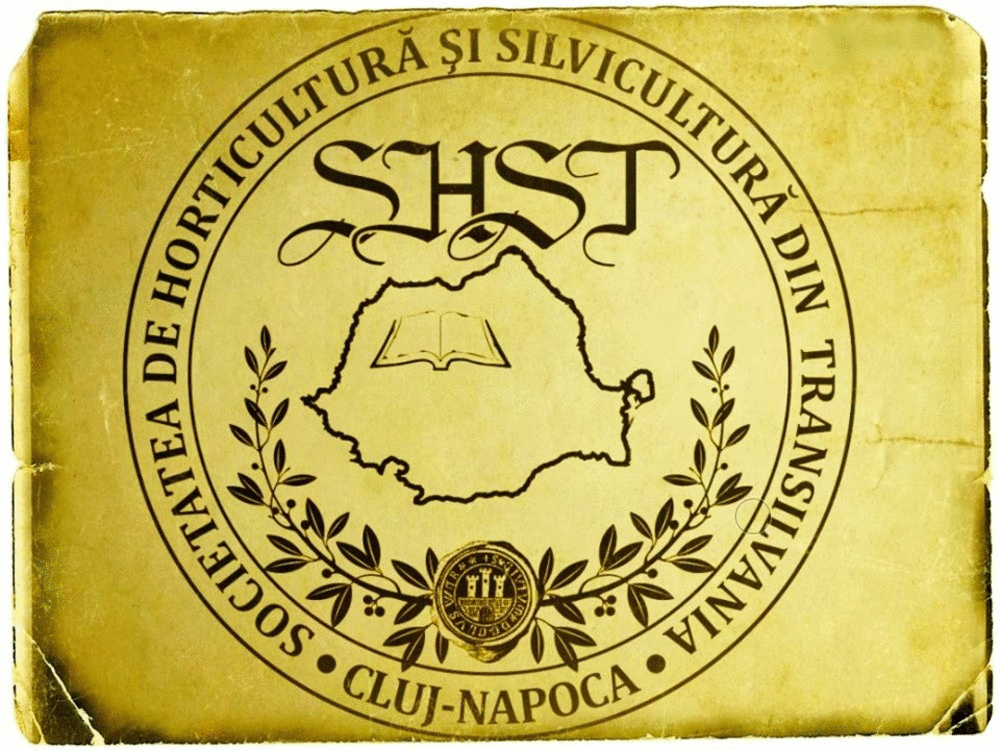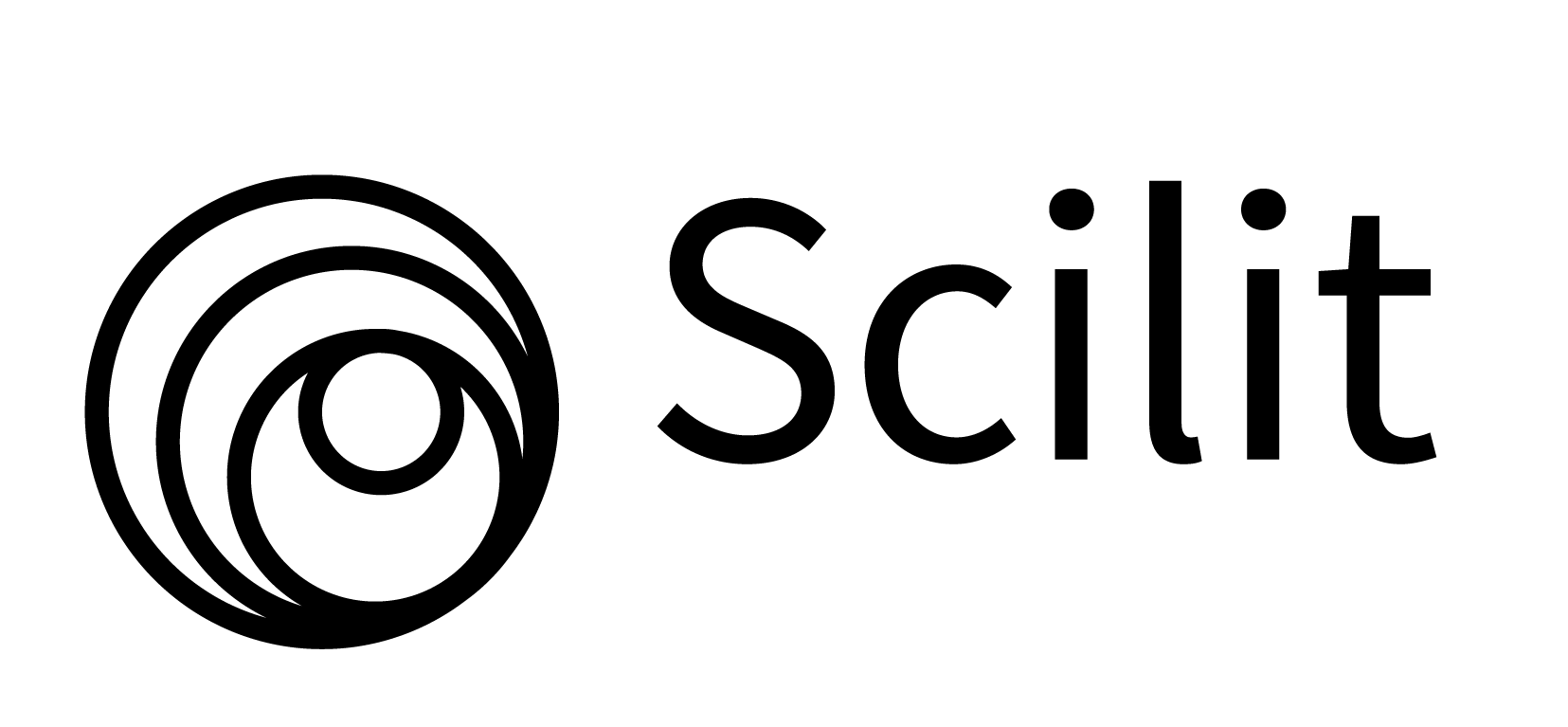Soil seed bank studies of Tithonia rotundifolia invaded fallow land and competitive association with Chromolaena odorata
DOI:
https://doi.org/10.55779/nsb15111380Keywords:
invasive plant species, seedling recruitment, soil seed bankAbstract
In Nigeria, Chromolaena odorata (L.) R. M. King and H. Rob and Tithonia rotundifolia (Mill.) S. F. Blake, are exotic invasive weeds, but a gradual decrease in the population of C. odorata with the rapid invasion of T. rotundifolia is now observed. Therefore, this study investigated the adaptive features of each weed in competition, with a further determination of seedling recruitment from the soil seed bank of plots invaded by T. rotundifolia. Field sampling was carried out in 10 plots: T. rotundifolia invaded plots and low or uninvaded plots in co-existing with other plants using 10 m x 10 m quadrats. The readily germinable seed species composition and the Sorensen index of similarity between the seed bank and their above ground vegetation were determined. Competition Series Experiment was also conducted for the two plants. Mariscus alternifolius (227) and Oldenlandia corymbosa (358) were the most abundant species in the seed bank while T. rotundifolia recruited 25 individuals. Low similarity index existed between the seed bank and the standing vegetation of the invaded and uninvaded plots. T. rotundifolia had improved growth in heteroculture with C. odorata over when in monoculture. However, a reduction in growth of C. odorata occurred when in competitive association with T. rotundifolia compared to when in monoculture. T. rotundifolia had competitive advantage over C. odorata.
Metrics
References
Adebowale A, Olorode O (2005). An overview of the invasive potential of Tithonia species (Asteraceae) in Nigeria. Science Focus 10(3):65-69.
Bakker JP, Poschlod P, Strykstra RJ, Bekker RM, Thompson K (1996). Seed banks and dispersal: important topics in restoration ecology. Acta Botanica Neerlandica 45:461-490.
Chao A, Chazdon RL, Colwell RK, Shen TJ (2005). A new statistical approach for assessing similarity of species composition with incidence and abundance data. Ecology Letters 8(2):148-159. https://doi.org/10.1111/j.1461-0248.2004.00707.x
De Andrade LAZ, Miranda HS (2014). The dynamics of the soil seed bank after a fire event in a woody savanna in central Brazil. Plant Ecology 215:1199-209. https://doi.org/10.1007/s11258-014-0378-z
Ghersa CM, Martinez-Ghersa MA (2000). Ecological correlates of weed seed size and persistence in the soil under different tilling systems: implications for weed management. Field Crops Research 67:141-148. https://doi.org/10.1016/S0378-4290(00)00089-7
Gioria M, Pyšek P (2016) The legacy of plant invasions: changes in the soil seed bank of invaded plant communities. Bioscience 66:40-53. https://doi.org/10.1093/biosci/biv165
Gioria M, Carta A, Baskin C, Dawson W, Essl F, Kreft H, … Pyšek P (2021). Persistent soil seed banks promote naturalisation and invasiveness in flowering plants. Ecology Letters 24(8):1655-1667. https://doi.org/10.1111/ele.13783
Hoffmann W, Poorter H (2002). Avoiding bias in calculations of relative growth rate. Annals Of Botany 90(1):37-42. https://doi.org/10.1093/aob/mcf140
Joshi J, Vrieling K (2005). The enemy release and EICA hypothesis revisited: incorporating the fundamental difference between specialist and generalist herbivores. Ecology Letters 8(7):704-714. https://doi.org/10.1111/j.1461-0248.2005.00769.x
Kekere O, Babatunde AF, Akinbuwa O (2020). Assessment of growth, yield and fruit nutritional composition of tomato and sweet pepper irrigated with abattoir wastewater. Science Letters 8(2):69-77.
Larson JE, Funk JL (2016) Regeneration: An overlooked aspect of trait-based plant community assembly models. Journal of Ecology 104:1284-1298. https://doi.org/10.1111/1365-2745.12613
Thompson K, Grime JP (1979). Seasonal variation in the seed banks of herbaceous species in ten contrasting habitats. Journal of Ecology 67:898-921. https://doi.org/10.2307/2259220
Uyi OO, Igbinosa IB (2013) The status of Chromolaena odorata and its biocontrol in West Africa. In: Zachariades C, Strathie LW, Day MD, Muniappan R (Eds). Proceedings of the eighth international workshop on biological control and management of Chromolaena odorata and other Eupatorieae, Nairobi. ARC-PPRI, Pretoria, 1-2 November 2010, pp 86-98
Wang J, Ren H, Yang L, Li D, Guo Q (2009). Soil seed banks in four 22-year-old plantations in South China: Implications for restoration. Forest Ecology and Management 258:2000-2006. https://doi.org/10.1016/j.foreco.2009.07.049
Zhang L, Li Y, Huang J, Liu J, Liu X (20190. Evaluation of the short-term and long-term performance of biological invasion management in the China-Myanmar border region. Journal of Environmental Management 240:1-8. https://doi.org/10.1016/j.jenvman.2019.03.061
Downloads
Published
How to Cite
Issue
Section
License
Copyright (c) 2023 Yetunde I. BULU, Rilwan O. AHMED, Opefoluwa D. FADAYOMI, Otitoloju KEKERE

This work is licensed under a Creative Commons Attribution 4.0 International License.
Papers published in Notulae Scientia Biologicae are Open-Access, distributed under the terms and conditions of the Creative Commons Attribution License.
© Articles by the authors; licensee SMTCT, Cluj-Napoca, Romania. The journal allows the author(s) to hold the copyright/to retain publishing rights without restriction.
License:
Open Access Journal - the journal offers free, immediate, and unrestricted access to peer-reviewed research and scholarly work, due SMTCT supports to increase the visibility, accessibility and reputation of the researchers, regardless of geography and their budgets. Users are allowed to read, download, copy, distribute, print, search, or link to the full texts of the articles, or use them for any other lawful purpose, without asking prior permission from the publisher or the author.













.png)















